Do This Now If You Didn't Winterize Your Boat
If you didn't winterize your boat before the cold weather hit, don't panic. While it's always best to winterize your boat to prevent costly repairs and damage, there are still steps you can take to protect and prepare it for the upcoming season.
First, inspect your boat thoroughly for cracks or leaks in the hull or damage to the propeller or rudder. Next, clean and lubricate the engine and other mechanical components. Also check your boat's battery and electrical system, as these can be affected by the cold weather.
If you see any standing water in the shower or sinks, drain it and clean the area to prevent mold and mildew from growing. Check the water systems and holding tanks for leaks or clogs. Let's take a closer look at these and other immediate actions you can take to minimize the damage and get your boat ready for the next boating season.
Summary
- Regular maintenance, such as changing the oil and filter and lubricating moving parts, can help extend the lifespan of your boat and improve its performance.
- For proper disposal of old fuel and batteries, check with your local waste management facility for guidelines on how to dispose of gasoline and batteries.
- Always follow the manufacturer's instructions for any additional steps when taking these actions to minimize damage to your boat.
- Most manufacturers recommend changing the oil every 3,000 to 5,000 miles, but the specific interval may vary depending on your vehicle and driving habits.
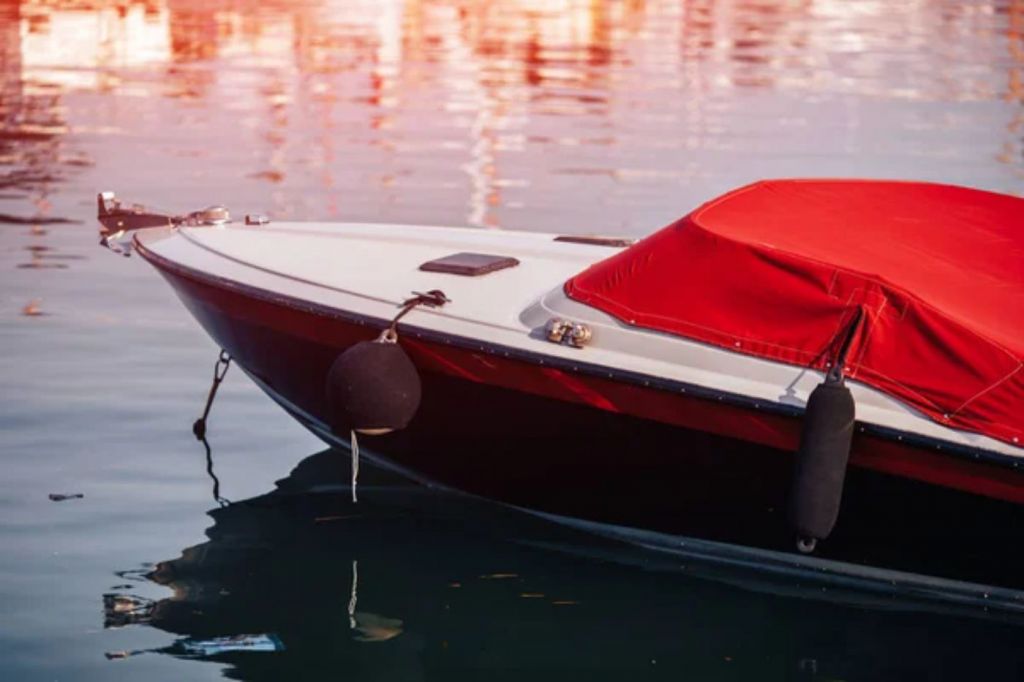
On this page:
Check for Damage
After a long winter, aim to check your boat for any damage that may have occurred. Look for cracks or signs of wear and tear on the hull, propeller, and engine.
Also, check the battery and electrical system for any corrosion or damage. Inspect the interior for any signs of mold or mildew growth. If you find any damage, strive to repair it before using the boat again.
Drain All the Water from Engine Blocks, Hoses, and Exhaust
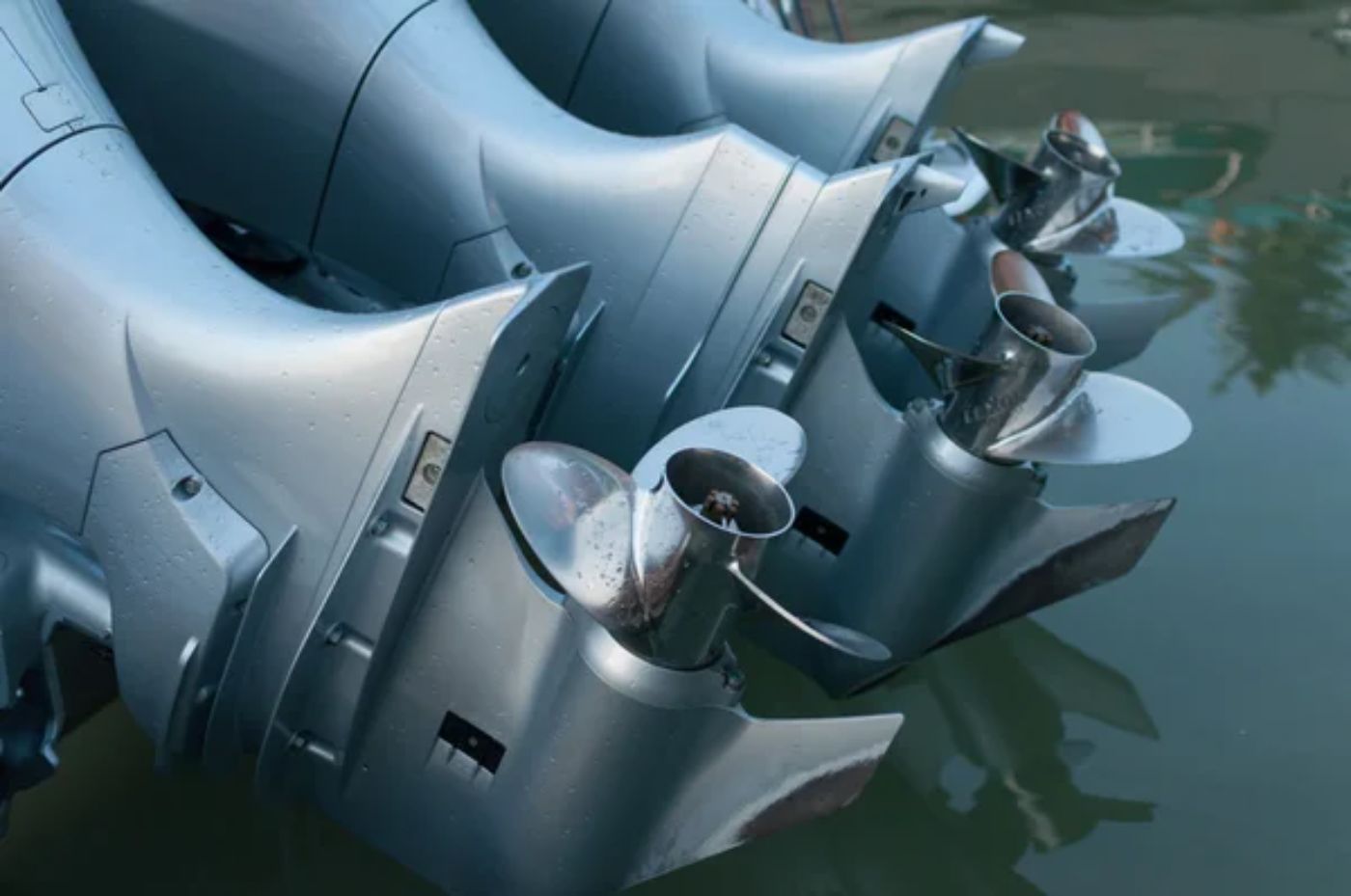
Water left in the engine block, hoses, and exhaust manifolds can freeze and expand, causing cracks and other damage. This can lead to costly repairs and even render your boat unusable.
-
To drain the water, remove the drain plug from the engine block and let the water drain out. Follow the manufacturer's instructions for your specific engine and check the owner's manual for any additional steps.
-
Next, remove the hoses and exhaust manifolds and let any remaining water drain out. Use a wet-dry vacuum to remove any water from the bilge and other areas where water may have accumulated.
-
Recheck if all the water is drained from your boat, as even a small amount can cause damage. Check all the hoses, fittings, and other components to make sure they are completely drained.
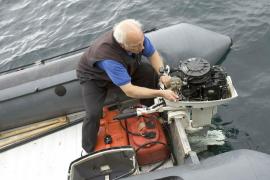
How to Clean Marine Exhaust Manifolds (The Best Way)
Check the Plumbing and Fixtures
In addition to checking the engine and electrical systems, you might want to check the plumbing and fixtures on your boat. This includes the freshwater system, holding tanks, and sewage system.
-
Start by turning on the water pump and checking for any leaks or clogs in the freshwater system. See if all faucets and fixtures are working properly and check the water heater for any signs of damage or corrosion.
-
If there is any standing water in the shower or sinks, drain it and clean the area to prevent mold and mildew from growing. Use a mild cleaner and a scrub brush to clean the surfaces, and then rinse with fresh water.
-
Check the holding tanks for any leaks or signs of damage, and observe if they are properly secured and vented. If you have a sewage system, make sure it is properly installed and functioning, and check the hoses and connections for any signs of wear or damage.
Flush the Engine
Over the winter, salt, dirt, and other debris can accumulate in the engine, which can cause damage or decrease performance. Flushing the engine with fresh water helps to remove these contaminants and ensure that the engine is running smoothly.
-
To flush the engine, start by connecting a hose to the water intake on the lower unit of the engine. Make sure the hose is securely attached and turn on the water.
-
Next, start the engine and let it run for 10-15 minutes, making sure to keep an eye on the temperature gauge. If the engine starts to overheat, turn it off immediately and check for any blockages or other issues.
While the engine is running, you may notice water coming out of the exhaust or other areas. This is normal and indicates that the water is flowing through the engine and flushing out any contaminants.
- After 10-15 minutes, turn off the engine and turn off the water. Disconnect the hose and make sure to drain any remaining water from the engine.
Drain the Fuel Tank
Old fuel can cause engine damage and decrease performance. To drain the tank, use a fuel transfer pump or siphon to remove the old fuel. Make sure to dispose of the old fuel properly.
-
First, turn off the engine and any electrical equipment, and extinguish any open flames or smoking materials. Make sure the boat is on a level surface and use a container that is approved for holding gasoline.
-
To siphon the fuel, insert one end of a fuel transfer hose into the fuel tank and the other end into the container. Use a hand pump or vacuum pump to create suction and start the flow of fuel. Be careful not to ingest any fuel or inhale any fumes.
-
Alternatively, you can use a fuel transfer pump to remove the old fuel. Connect the pump to the fuel tank and the container, and follow the manufacturer's instructions for operation.
-
Once the fuel has been drained, dispose of it properly. Check with your local waste management facility for guidelines on how to dispose of gasoline. Do not pour it down the drain or into the ground as it can harm the environment.
Refill the Fuel Tank
When refilling the fuel tank, avoid smoking or using any open flames nearby, as gasoline is highly flammable. Make sure to also turn off and cool the engine before refueling.
When selecting the type of fuel to use, refer to the owner's manual for your specific engine. Different engines require different types of fuel, such as regular unleaded gasoline or diesel fuel.
- To refill the tank, locate the fuel filler cap on your vehicle. Remove the cap and insert the fuel nozzle into the opening.
- Slowly squeeze the trigger on the nozzle to begin filling the tank. Be sure to monitor the fuel level and stop filling once the tank is full.
- Once you've finished refilling the tank, securely replace the fuel cap. Clean up any spills or drips that may have occurred during the refueling process.
- Dispose of any used fuel containers properly, following local regulations and guidelines.
Inspect the Batteries

If the batteries appear to be damaged, do not attempt to charge or use them, as this can be dangerous. Instead, dispose of them properly and replace them with new ones.
If the batteries are not holding a charge, it may be time to replace them. Over time, rechargeable batteries can lose their ability to hold a charge, which can impact the performance of your device.
Look for replacement batteries that are compatible with your device and follow the manufacturer's instructions for installation.
Consider using a battery charger that is designed for your specific type of battery. Using the wrong charger can damage your batteries or even cause a fire.
Always read the instructions carefully and follow any safety precautions when charging or handling batteries.
Add Fuel Stabilizer
If you didn't add a fuel stabilizer to your gas tank before storing your boat, the gasoline may have deteriorated and become contaminated with moisture and dirt.
To prevent further damage to the engine, drain the gas tank and replace it with fresh gasoline. Add a fuel stabilizer to the new gas to prevent it from deteriorating in the future.
Change the Oil and Filter
One of the mistakes most boat owners commit is not changing the oil after winter storage. Oil is what lubricates the engine and helps it run smoothly, but over time it can break down and become contaminated with dirt, debris, and other particles.
When this happens, the oil can no longer do its job effectively, which can cause engine damage or decrease performance.
- To change the oil and filter, warm up the engine, then turn it off and remove the drain plug to drain the old oil.
- Replace the oil filter and fill the engine with the recommended type and amount of oil.
By changing your oil and filter at regular intervals, you can help ensure that your engine stays clean and well-lubricated. Most manufacturers recommend changing the oil every 3,000 to 5,000 miles, but the specific interval may vary depending on your vehicle and driving habits.
Lubricate the Moving Parts
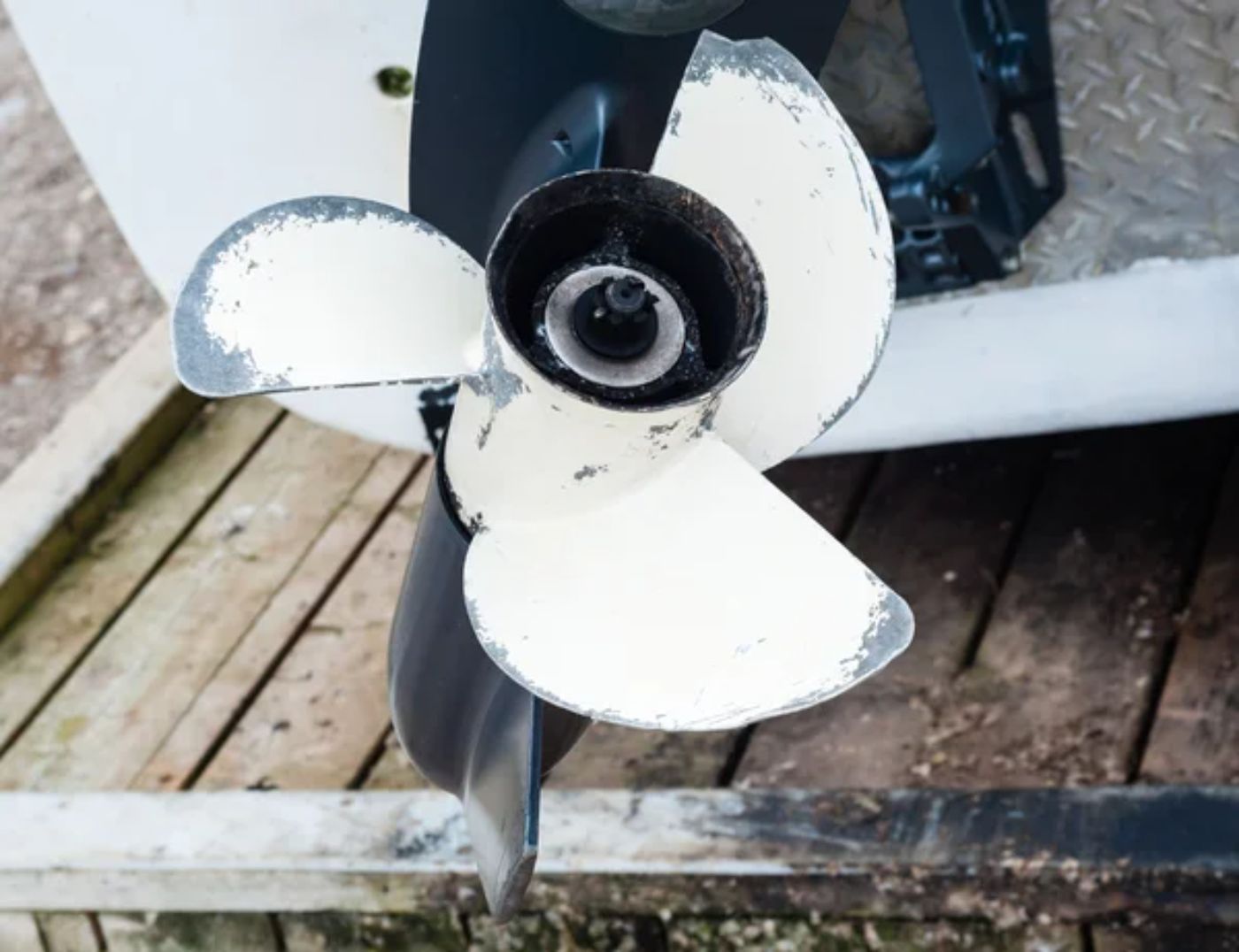
Lubricating moving parts includes lubricating the steering system, propeller shaft, and other moving parts. Lubrication helps reduce friction and wear on moving parts, which can extend their lifespan and improve their performance.
Different components may require different types of lubricants, such as grease, oil, or silicone spray. Using the wrong type of lubricant can cause damage or reduce effectiveness. Also, over-lubrication can be just as harmful as under-lubrication.
- When lubricating steering components, turn the wheel back and forth to distribute the lubricant evenly.
- When lubricating the propeller shaft, clean off any dirt or debris before applying the lubricant. This will help prevent contaminants from getting inside the shaft and causing damage.
Clean and Store the Boat
Cleaning and storing the boat properly can help prevent damage and extend its lifespan.
- To clean the boat, start by washing the exterior with soap and water, and then applying a coat of wax to protect the finish.
- Clean the interior by vacuuming or sweeping, and then wiping down surfaces with a mild cleaner. Make sure to remove any food or debris to prevent mold and mildew growth.
- When storing the boat, consider covering it with a tarp or boat cover to protect it from the elements. Store the boat in a dry, cool place, and make sure to disconnect the battery and remove any electronics or valuables.
- Finally, make a checklist of any repairs or maintenance that need to be done before using the boat again.

The Complete Checklist for Winterizing Your Boat (Free PDF)
What happens if you don't winterize your boat
If you don't winterize your boat, you may face some serious issues when you try to use it again in the spring, such as:
-
Freeze damage: If water is left in the boat's cooling system, it can freeze and cause serious damage to the engine block, hoses, and other components. This can lead to costly repairs or even the need to replace the engine.
-
Corrosion and rust: Moisture left in the boat can lead to corrosion and rust, which can weaken the hull and other metal components. This can compromise the safety of the boat and lead to expensive repairs.
-
Mold and mildew: Moisture can also lead to the growth of mold and mildew, which can cause health problems and damage to the boat's interior.
- Clogged drains and bilge pumps: If drain plugs or drain holes are left open, debris can clog the drains and bilge pumps, leading to flooding and damage to the boat.
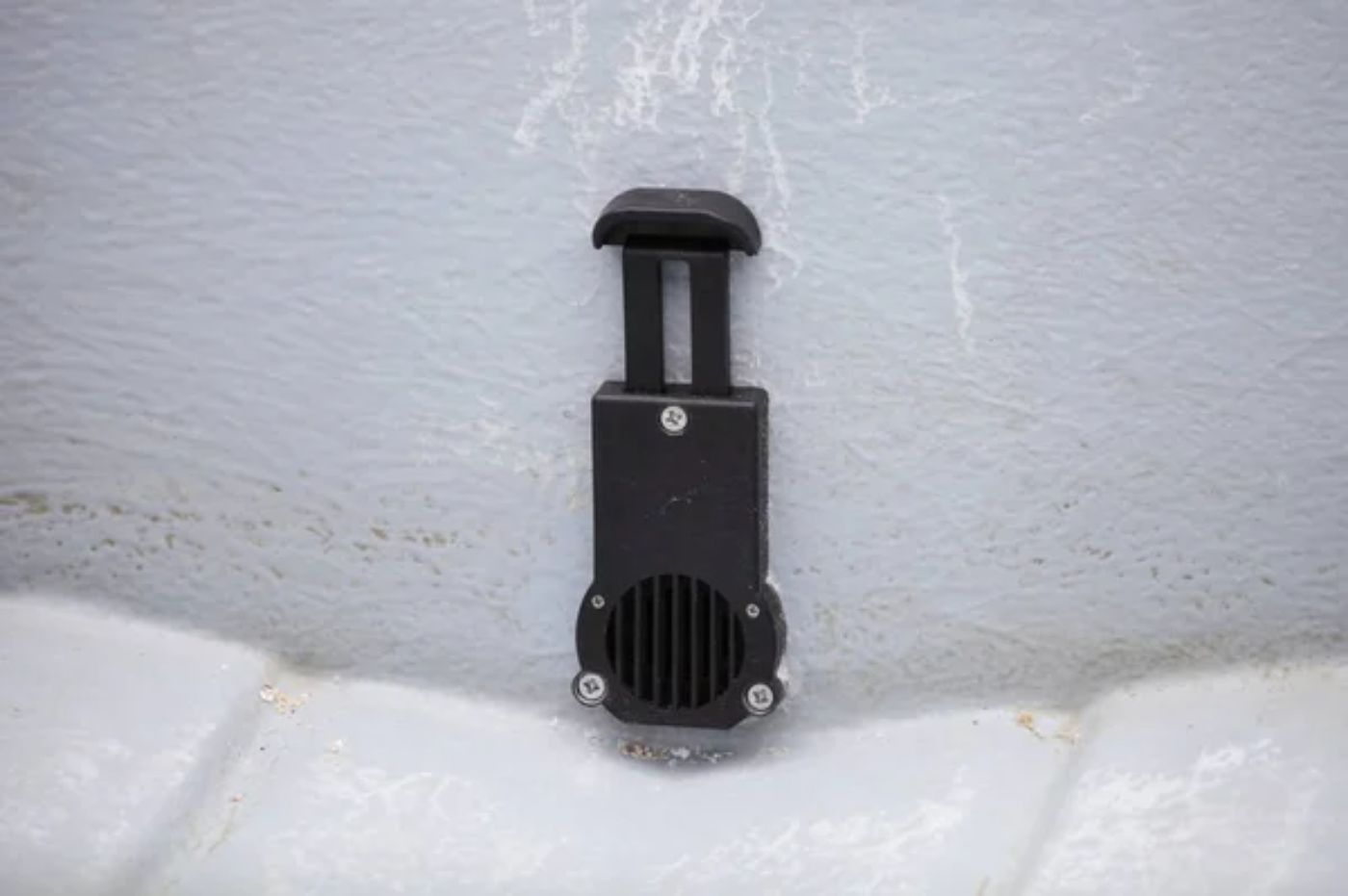
-
Weight distribution issues: If water is left in the boat, it can affect the boat's weight distribution and lead to stability issues on the water.
-
Leaking seals: Moisture left in the boat can cause seals to crack and leak, leading to more water damage and potentially dangerous situations on the water.
-
Algae growth: If water is left in the boat, it can also lead to the growth of algae, which can be difficult to clean and cause foul odors.
To avoid these issues, you need to winterize your boat properly. This involves draining all water from the boat, including the engine block, and using antifreeze to prevent any remaining water from freezing and causing damage.
You should also clean the boat thoroughly to remove any dirt, mold, or mildew, and cover it to protect it from snow and other winter elements. For a more detailed step-by-step process of how to winterize a sailboat quicker and cheaper, you can read this article.
Did you find the answer to your specific question?
👍 0 👎 0
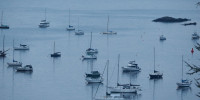

Leave a comment